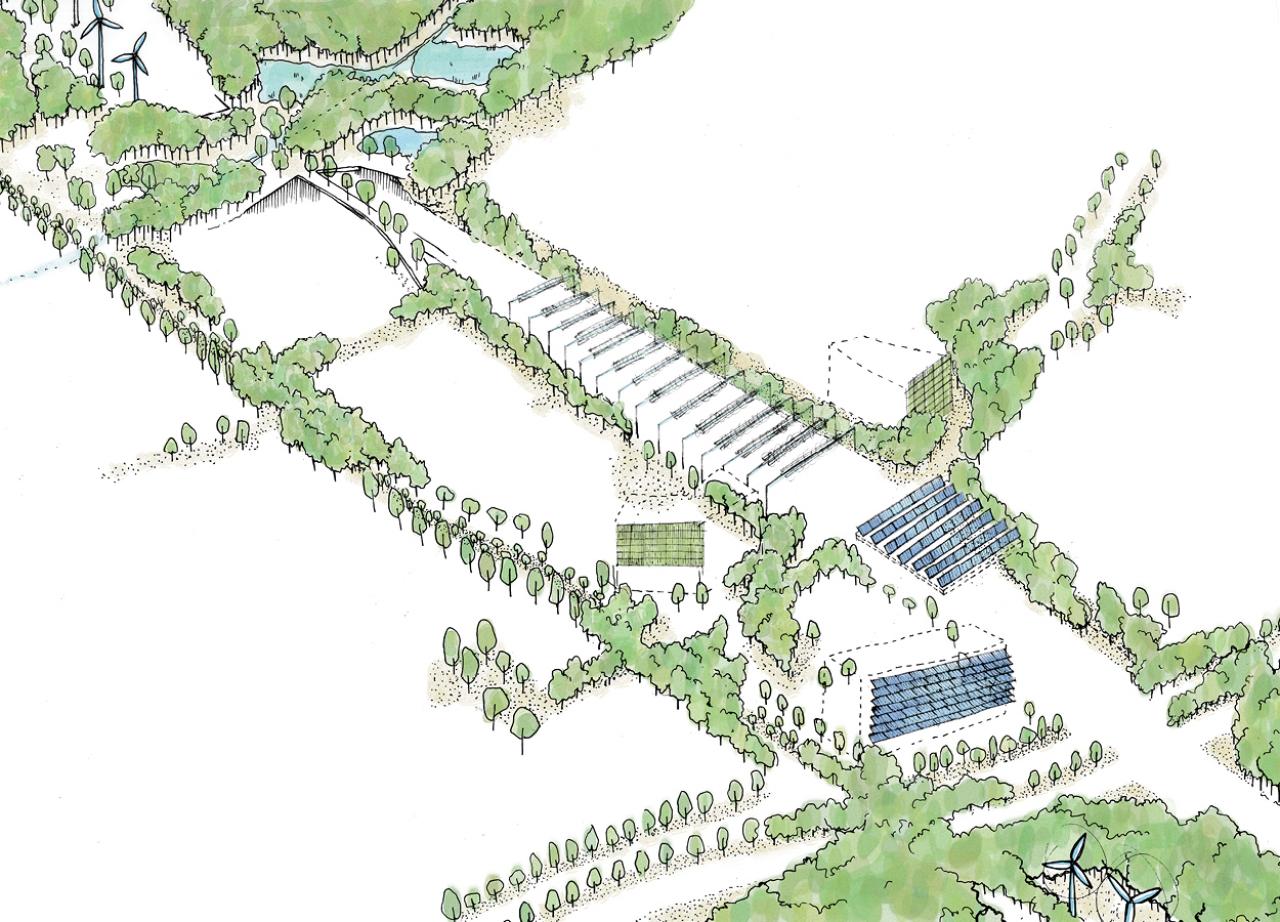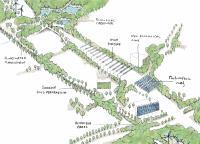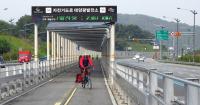
The continuity and proper functioning of the ecological metabolism is often interrupted by mobility infrastructure. Therefore, rethinking infrastructure can help both protect nature flows and add new ecosystem functions.
Mobility infrastructure has the potential to not only play a neutral role in the environment, but to contribute actively in improving it. Its lengthwise proportion, vast dimensions, “kidnapped” spaces and other features could be repurposed to add ecosystem functions for a more complex, inviting, efficient, equitable, sustainable and attractive mobility infrastructure.
In recent decades, mobility infrastructure has been designed and built to be as efficient as possible to deliver its primary demands. However, in many cases, it has not taken into account the places it traverses. We have analysed the externalities on the built environment, but infrastructure also significantly effects ecological systems. Modern mobility infrastructure’s ecological footprint has an effect on lost habitats, fragmentation of habitats, non-native invasive species, landscape quality, pollution, associated or ribbon development (Davenport & Davenport, 2006).

During the first phase, the network came up with (Thessaloniki and Gdansk specially), two main strategies that are being developed during the second phase, discussed below:
TOWARDS A BETTER ENVIRONMENT
At this time in history, infrastructure must assume a more active role in ecosystem: a role making it possible for natural spaces that have been buried, sometimes by the infrastructure itself, to be recovered. Integration of infrastructure with the landscape, removing the barrier effect and recognising the site’s characteristics of the site and identity, will make it possible for biodiversity to be recovered. It will also foster a new relationship between infrastructure and the environment, enhancing its qualities and resilience. Some strategies already identified are: re-naturalisation of the infrastructure, ecological corridors to reconnect green infrastructure, a new way of understanding infrastructure, and others.
TOWARDS ASSUMING METABOLIC FUNCTIONS
Infrastructure can also assume metabolic functions, including water management or energy production. This active role could help mitigate the effects of climate change. Some strategies, among others, brought up by partners are: flood management, water decontamination, aquifer recharge, sustainable energy production and supply (for transport and cities).
CASE STUDIES
Plantage Middenlaan, Amsterdam
Plantage Middenlaan prioritised pedestrians and cyclists progressively until cars were replaced completely. Increasing permeable surface area (such as grass) over asphalt has contributed to capturing storm water and diminishing the consequences of floods.

Daejeon-Sejong bike highway, South Korea
The Daejeon-Sejong bike highway was built to connect the cities of Daejeon and Sejong, around 32 kilometres, in the centre median of a six-lane highway. Solar panels cover the bike lane, generating electricity while offering cyclists protection from the sun and rain.

GOOD PRACTICES
- Ecological Corridor, European Green Belt, From Finland To Greece
- Ecological Corridor, Wildlife Overpass on Trans-Canada Highway, Banff National Park, British Columbia
- Ecological Underpasses for Animals, France, Germany and Spain
- Environmental Recovery of Llobregat River, Metropolitan Area of Barcelona
- Ultra Low Emission Zone, London
- Low Emissions Zone, Metropolitan Area of Barcelona
- Highway Beautification, North Carolina

